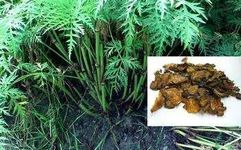
Chuanxiong (川芎)
Chuanxiong Rhizoma

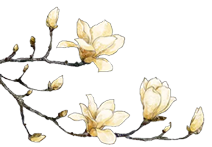
Chuanxiong, also known as Juqiong, Xiangguo, Huxiang, Maxian, Xixiong, and Guanxiong, is derived from the rhizome of the plant Ligusticum chuanxiong Hort., belonging to the Apiaceae family. It is primarily produced in the regions of Dujiangyan and Pengzhou in Sichuan.
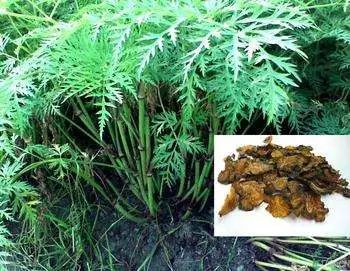
[Herb Characteristics] The herb appears as irregular, nodule-like, fist-shaped clusters, with a diameter of 2 to 7 cm. The surface is yellow-brown, rough, and wrinkled, featuring numerous parallel raised nodes, with a depressed, rounded stem scar at the top and multiple small tuberous root scars on the underside and nodes. It is solid, not easily broken, with a yellowish or gray-yellow cross-section, scattered with yellow-brown oil chambers, and the growth rings appear wavy. The aroma is strong and fragrant, with a bitter and spicy taste, slightly numbing on the tongue, and a mild sweetness aftertaste.
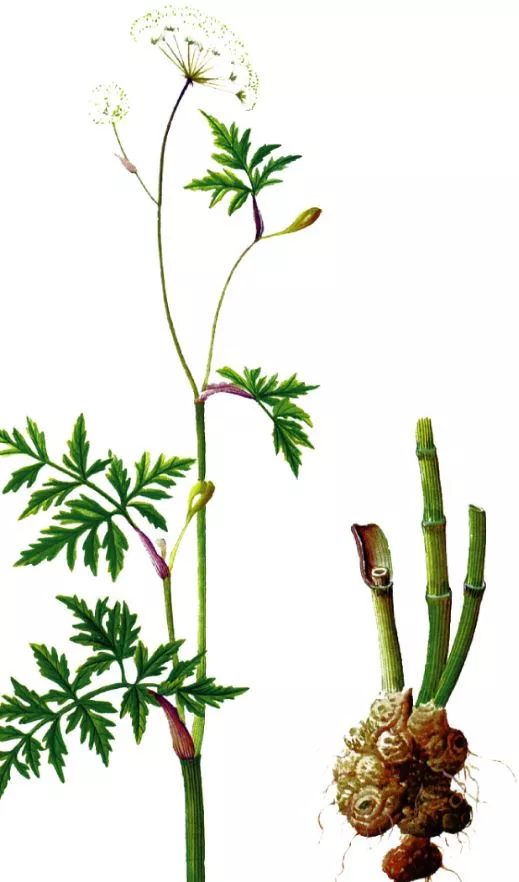
[Properties and Channels] It is warm in nature and has a spicy flavor. It enters the Liver (肝), Gallbladder (胆), and Pericardium (心包) meridians.
[Functions and Indications] It invigorates blood circulation, promotes qi flow, dispels wind, and alleviates pain. It belongs to the category of blood-activating and pain-relieving herbs.
[Clinical Applications] For internal use: decoction, 3-10 grams; powdered form, 1-1.5 grams per dose; or in pills or powders. For external use: appropriate amount, powdered for sprinkling, or for topical application, or as a mouthwash. It is used for chest pain, stabbing pain in the chest and hypochondria, swelling and pain from falls, menstrual irregularities, dysmenorrhea, abdominal pain from masses, headaches, and rheumatic pain.
[Pharmacological Research] Effects on the cardiovascular and cerebrovascular systems: it has an inhibitory effect on the heart; can dilate blood vessels and lower blood pressure; increases coronary blood flow; protects against myocardial and reperfusion injury; improves microcirculation; enhances cerebral circulation and alleviates cerebral ischemia. It improves the blood system, has diuretic effects, and enhances the immune system; can inhibit bronchoconstriction caused by leukotrienes, histamine, and prostaglandin E2; prevents and protects against experimental pulmonary edema induced by adrenaline in rats; has anti-tumor and radioprotective effects.
[Contraindications] It should be used with caution in cases of excessive menstruation, during pregnancy, and in bleeding disorders; contraindicated for those with yin deficiency and excess heat.
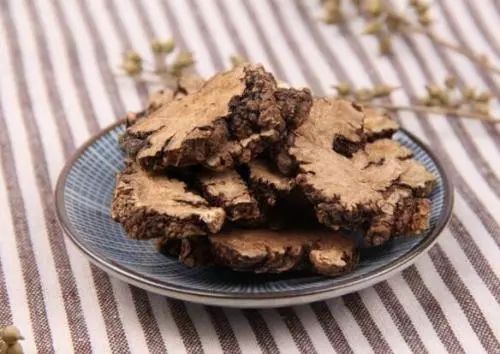
Species Protection
According to the “Regulations on the Protection of Geographical Indication Products”, the National Quality Inspection Administration organized the review of the application for the geographical indication product protection of Chuanxiong. Upon passing the review, it was approved for geographical indication product protection starting from September 4, 2006.
Protection Scope:
The protection scope of the Chuanxiong geographical indication product is based on the range proposed by the Dujiangyan Municipal Government in the letter regarding the application for national geographical indication product protection (Dufu Letter [2005] No. 139), which includes the current administrative area of Dujiangyan City, Sichuan Province.
Geographical Indication Usage:
Producers within the geographical indication protection scope of Chuanxiong may apply to the Dujiangyan Quality Technical Supervision Bureau for the use of the “Geographical Indication Product Special Mark”, which will be approved by the National Quality Inspection Administration.
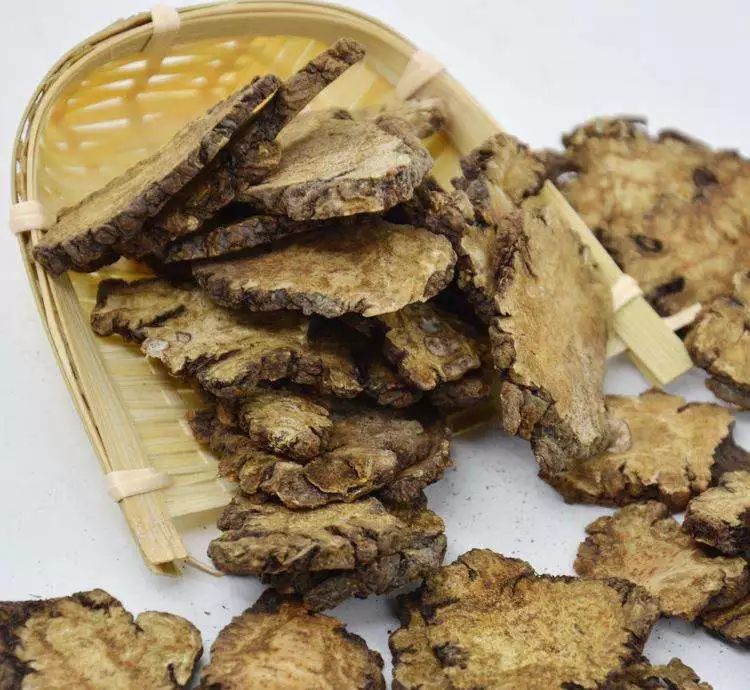
Historical Legend
In the early Tang Dynasty, the Medicine King Sun Simiao traveled with his disciples to Qingcheng Mountain in Sichuan, braving the elements to collect medicinal herbs. One day, the master and his disciple grew tired and rested in a dense pine forest. Suddenly, they saw a large female crane playing with several chicks near a cave. The Medicine King was captivated, but then heard the chicks cry out, and saw the female crane with its head down, trembling, and lamenting. The Medicine King immediately understood that the crane was suffering from a serious illness. The next morning, at dawn, the master and disciple returned to the pine forest. Not far from the crane’s nest, the moans of the sick crane were clearly audible. After another day, when they returned, the moans had ceased.
Looking up, they saw several white cranes soaring in the sky, dropping a small white flower and some leaves that resembled carrot leaves. The Medicine King instructed his disciple to collect them. Days passed, and the female crane fully recovered, leading the chicks in play as usual. The Medicine King observed that the white cranes frequented the ancient cave with a green meadow, where the flowers and leaves resembled those that had fallen from the crane’s beak. He instinctively connected the crane’s recovery to this plant.
After experimentation, he discovered that this plant had the effects of invigorating blood circulation, regulating menstruation, dispelling wind, and alleviating pain, and instructed his disciple to take it down the mountain to treat patients accordingly, which proved effective. The Medicine King excitedly composed a verse: “Qingcheng is the most serene, the first cave in western Sichuan. Where the immortal cranes pass, good medicine descends from the heavens. This herb shall be called Chuanxiong!” Thus, it was named.
End
Source: Compiled from Traditional Chinese Medicine queries and Baidu Encyclopedia
 ◆ Notice on the Issuance of TCM (Specialty) Physician Qualification Certificates and Practice Certificates
◆ Notice on the Issuance of TCM (Specialty) Physician Qualification Certificates and Practice Certificates
◆ [Food and Medicine Homology] This year’s flu is rampant, causing over 40 deaths! To prevent flu, these 4 tips are more effective
◆ Tian Xingjun Congratulates the TCM System of the Province for the New Year
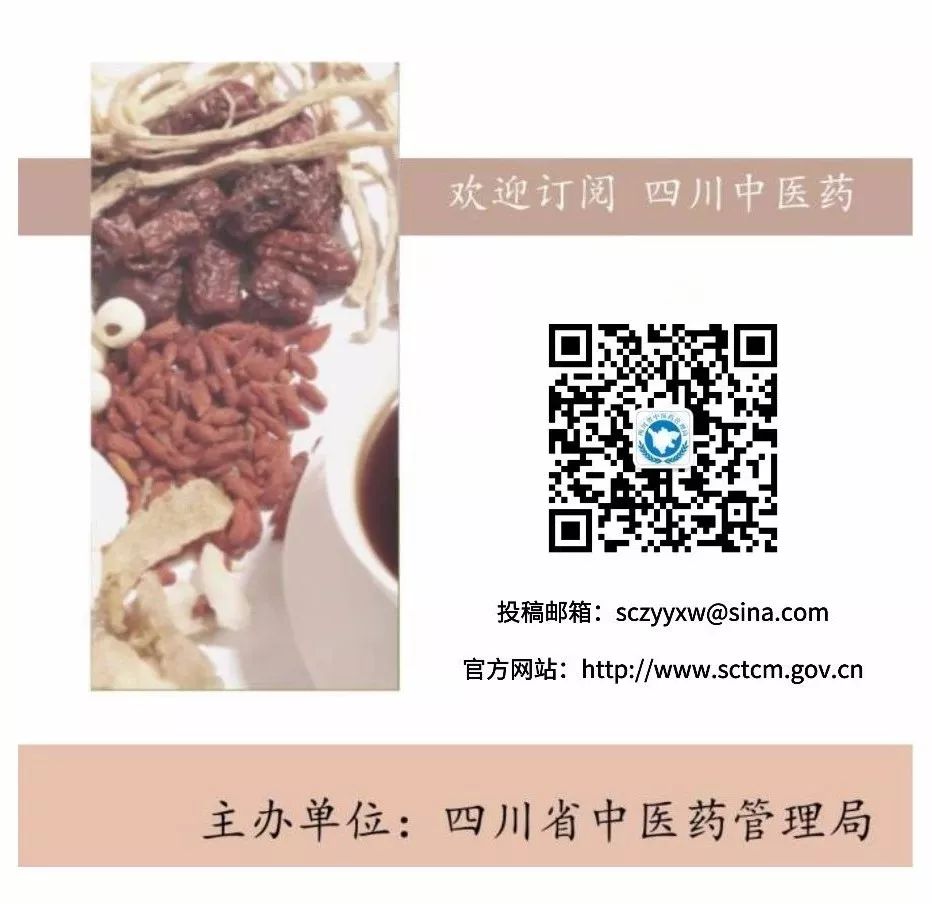
Please give me a thumbs up after reading the article
(づ ̄3 ̄)づ╭❤~

